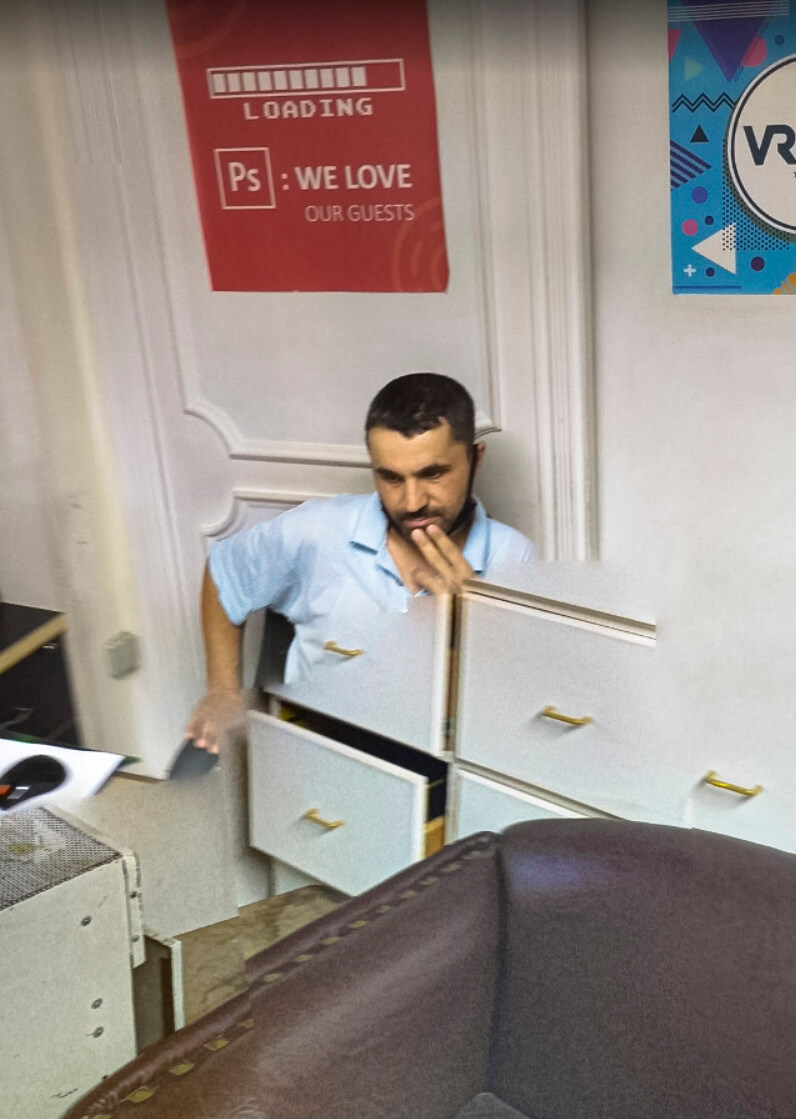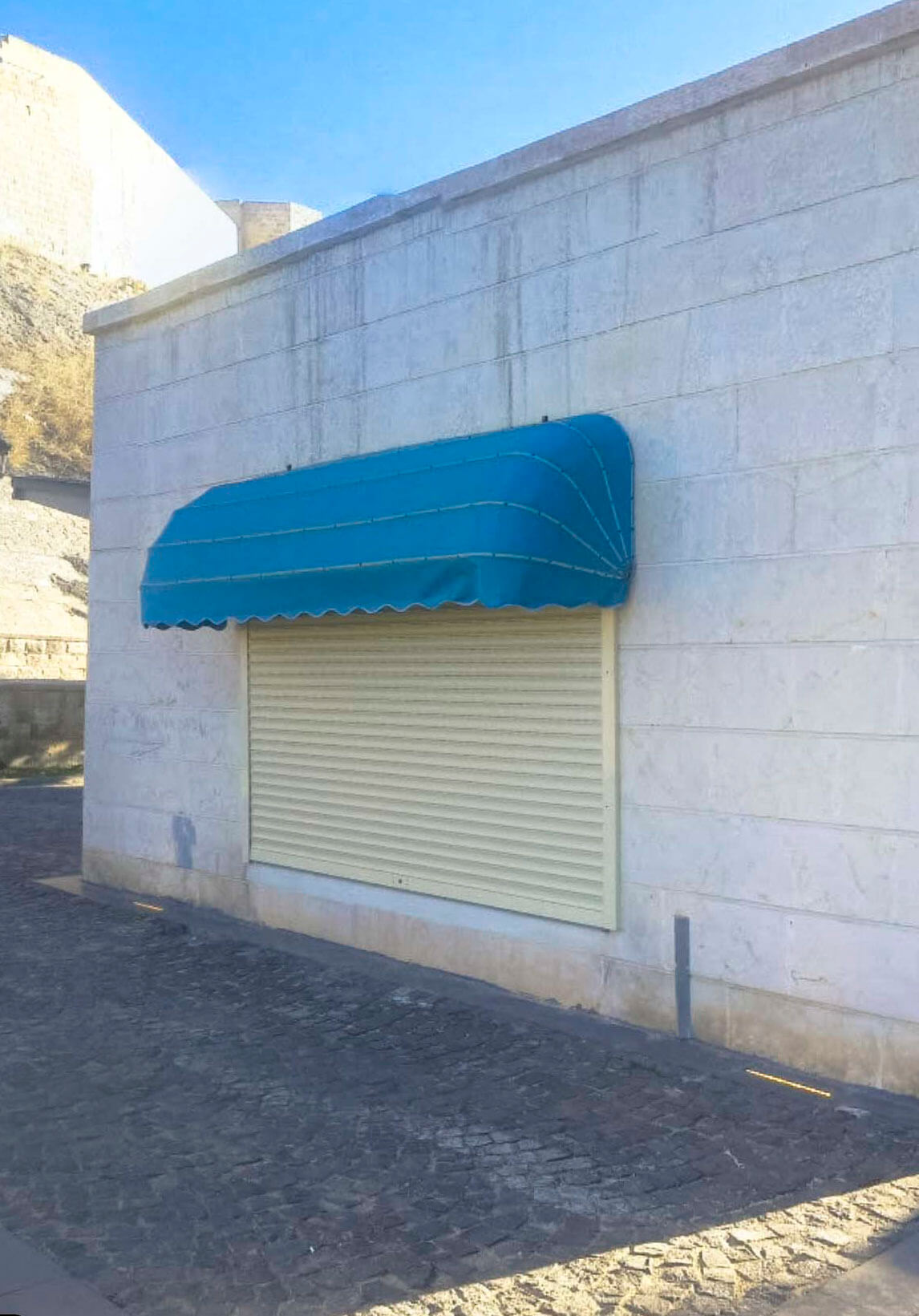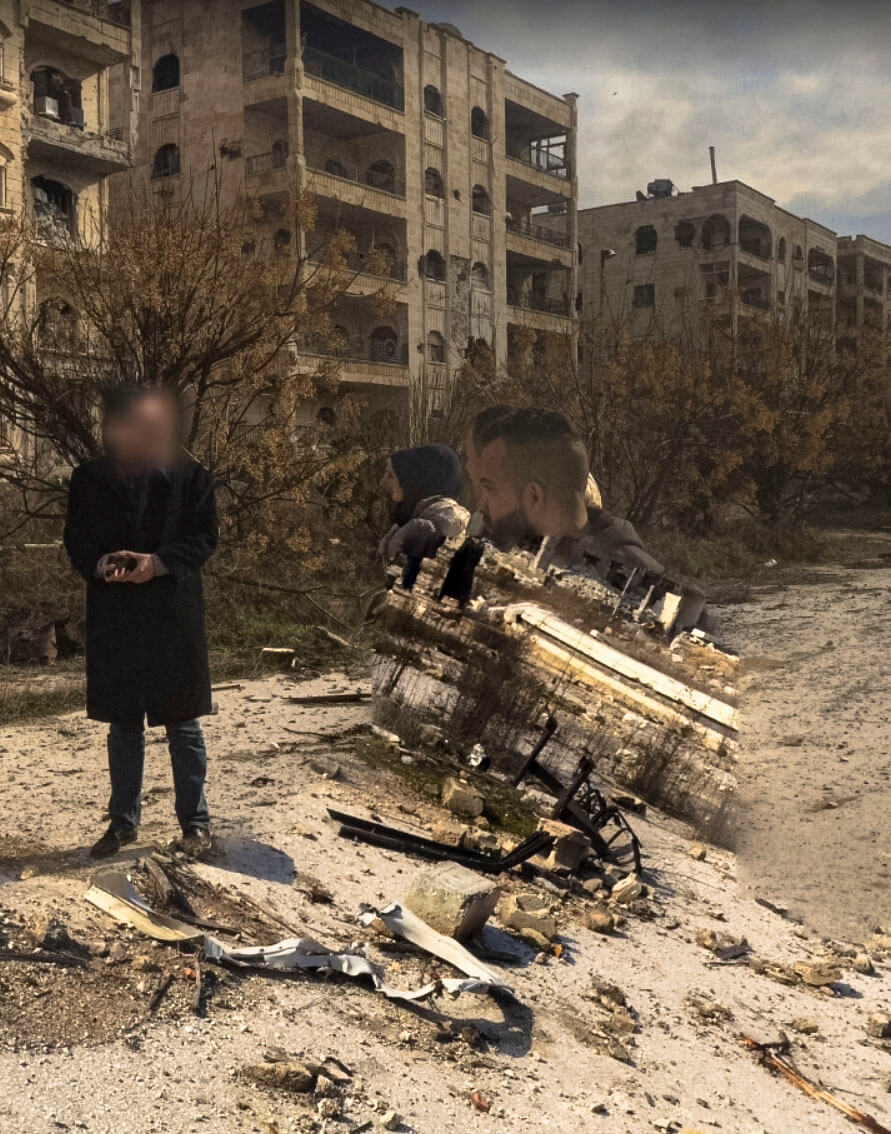The thing that the world was most struck by in the Taleban destruction of the Bamiyan Buddhas in 2001 was probably not simply the loss of the two colossal statues – many of us only became aware of their existence at the start of the bombing – but the shock of the speed with which, in just a few days, it was possible to cancel the existence of monuments that had resisted for 1,800 years.
Something similar happened when ISIS, in 2013, destroyed the temple of Baalshamin in Palmyra, Syria, which had stood for more or less the same amount of time as the Bamiyan Buddhas in Afghanistan. The Islamic State fanatics blew it up after filling it with explosives, meticulously documenting every step in the demolition and the structure’s successive and definitive disappearance. UNESCO defined the action a “war crime”, comparable not in size but in principle to the most famous slaughters of the twentieth century. What had been cancelled, however, was not the lives of thousands or millions of people. Instead, it was a symbol, which, as such, represented an irreplaceable custodian of memory. ISIS and the Taleban were well aware that destroying a historic monument would shake the West more than hundreds of massacres. They were right.
This says something about many things, but above all the importance, for humankind, of the memory preserved in architecture. The supreme act to annihilate an enemy is not just killing but wiping out all of its monumental traces. The same thing was done in Germany during the Second World War (here we’re grossly mixing the good and the bad): not one single piece of architecture designed by Albert Speer, Hitler’s right hand and “architect of the Reich”, was saved from destruction. The Allies’ carpet bombing devastated entire cities, mercilessly and forever cancelling all traces of the old faces of Berlin, Hamburg, Dresden and Leipzig. Moreover, it was Speer himself who drew up the Theorie vom Ruinenwert (Theory of Ruin Value), according to which the buildings characterizing the Third Reich would also have to be designed for their future existence as ruins: a memory of greatness which destruction wouldn’t wipe out but highlight. Speer’s model, of which Hitler was an enthusiastic supporter, was naturally the buildings of the ancient Greeks, Egyptians and Romans. In this exercise, however, they hadn’t reckoned on the destructive power of the Anglo-American fury.
The attentive destruction of monuments, archaeological sites, historic architecture, but also whole cities still goes on, day in day out. The main stages of these constant, if not systematic annihilations are Syria and Iraq. Some years after the start of the war of the rebels against the regime of Bashar al-Assad, after the violence had gravely, perhaps irreparably damaged the Great Umayyad Mosque in Aleppo, I perceived a new type of anxiety: after all, Syria had been a tourist destination abundantly frequented by European tourism in recent years, unwittingly bringing wealth to Assad’s regime. And yet, the streets that I’d seen with my own eyes, and in my friends’ photographs, were disappearing, together with the lives of the people who lived in or frequented these areas. Out of curiosity, I went to look for the most important monuments in the main Syrian cities on Tripadvisor, the most “popular” container of tourism reviews in the world, the litmus paper of the most commercial face of globalization. I noticed something strange: it was 2015, and many enthusiastic reviews, which almost always gave the site “five stars” out of five, had only been written after the start of the war. There was no chance that these people had really been to those places after 2012: indeed, they’d rushed to write enthusiastic reviews, on a wave of emotion, just to leave written testimony of an old memory. All those sites in danger or already damaged and destroyed were characterized by the same phenomenon: they were virtually covered in travel memories, concerns for the conflict underway, or regret for the destruction that had already occurred. They were small, tacky memories of a vanished time, but also, at times, mines of anecdotes, featuring characters, bartenders or restaurateurs whose fate cannot be known today: whatever will have happened to Eyad Ebrahim, owner of the “Warm Apple Pie” restaurant in the outskirts of Palmyra, destroyed by ISIS in August 2015? Tripadvisor, in a surreal inversion of roles, has become a book of memories of Western tourism. Sure, a kitsch book, but containing the anguishing echo of destinies swept away by history.
Nevertheless, there are some who fight against this loss of memory, seeking desperately and tidily to keep the pieces of memory together so that, as far as possible, nothing is lost. Forensic Architecture (FA) is not an endeavour dictated by the simple activity of remembering, but by the goal of justice, or truth – which are not always achieved as they should. Forensic Architecture is a research agency, set up at Goldsmiths University of London, which investigates breaches of human rights committed by corporations, terrorists, states or police forces, using architecture as a tool: spatial analysis techniques, digital models, 3D reconstructions, but also memories and human testimonies. FA works all over the world, but most often in theatres of war such as Syria, where research can’t be carried out in person. Hence, a large part of the evidence that it uses for its investigations comes from the infinite and priceless digital archive at the disposal of humankind today: satellite images, Internet, photographs or amateur videos, and historical archives. As Israeli Ariel Caine, researcher at Forensic Architecture, tells me, “when something’s blown up or built, or when a battle takes place in a particular area, this leaves traces on the ground”.
The agency has recently worked on one of the most atrocious massacres of the modern era, the massacre perpetrated by the Islamic State against the Yazidi community in Sinjar, northern Iraq, on the border with Syria. Here, in just a few days, the Daesh militias killed over 5,000 people, forced tens of thousands more to flee, and took thousands of women as slaves. The Yazidi temples, in the Jebel Sinjar mountain range, were systematically blown up. Using images taken by drones, amateur satellites built with kites and traditional photographs, Forensic Architecture created a detailed archive of the Daesh violence and destruction – mass graves included – saved from oblivion, and which will be available for use in requests for support and trials against members of the group. “It was a very kind of conscious decision to go and target those cultural sites on the hilltops,” recounts Caine. “They were on hilltops, and so the temples were kind of optically present next to the villages. Detonating them was like a decapitation of the temples from the mountaintops; it undercut the Yazidi presence in the landscape.”
The process of remembering is fundamental in the activity of Forensic Architecture. Caine again explains: “The story of the Yazidi is very little documented by any official organization. Destroying the temples, killing all the people in a culture that is mainly oral-based means that you basically remove the cultural memory of life as it was.” The memory, from reviews of destroyed archaeology to more complex investigations, is never only addressed towards safeguarding the past, but always contains an embryo of the future. “So, the memory of the event is in the ruin,” Ariel Caine told me. “We’re like pathologists of buildings.”







